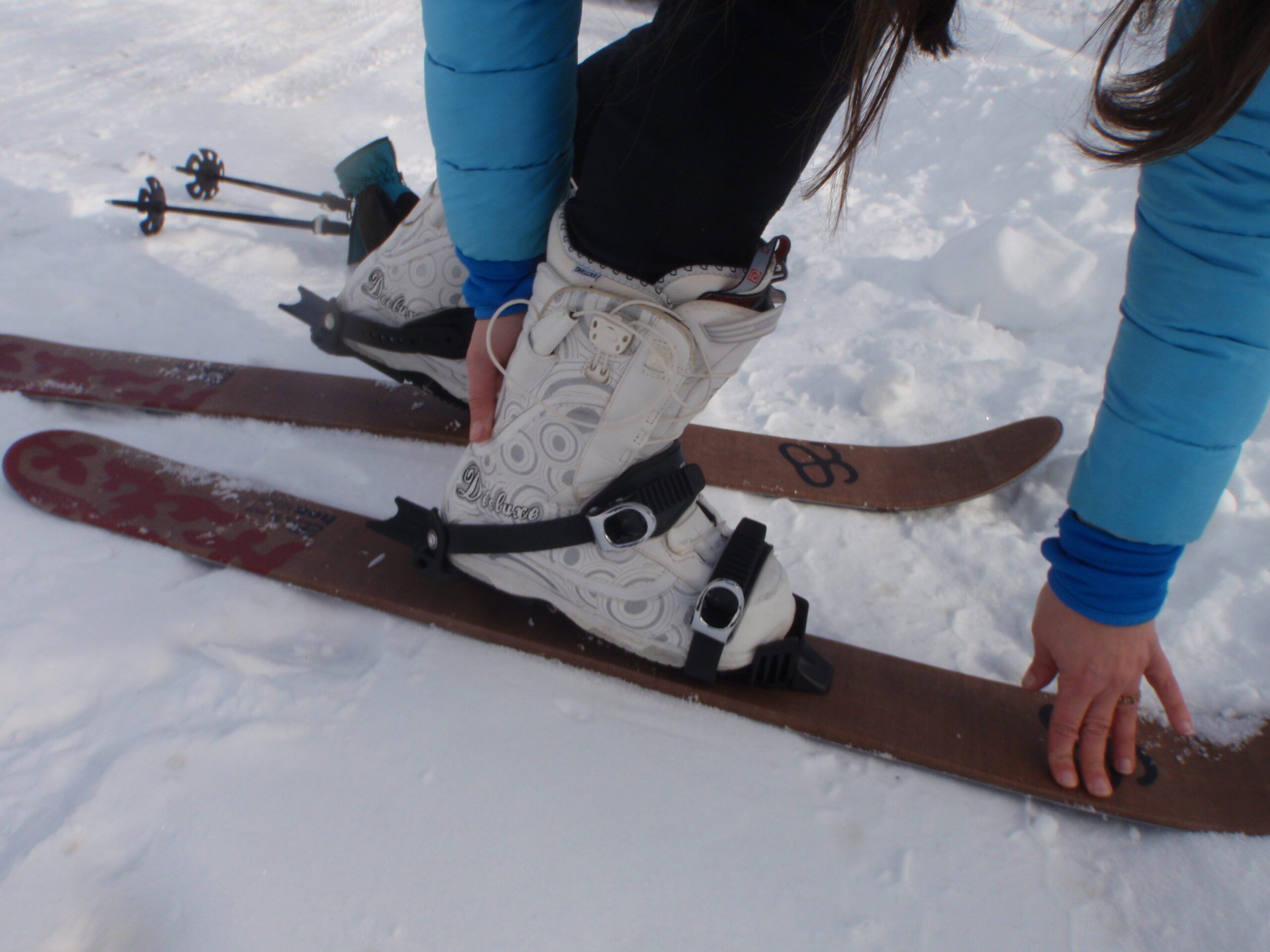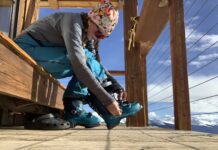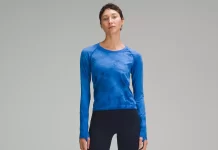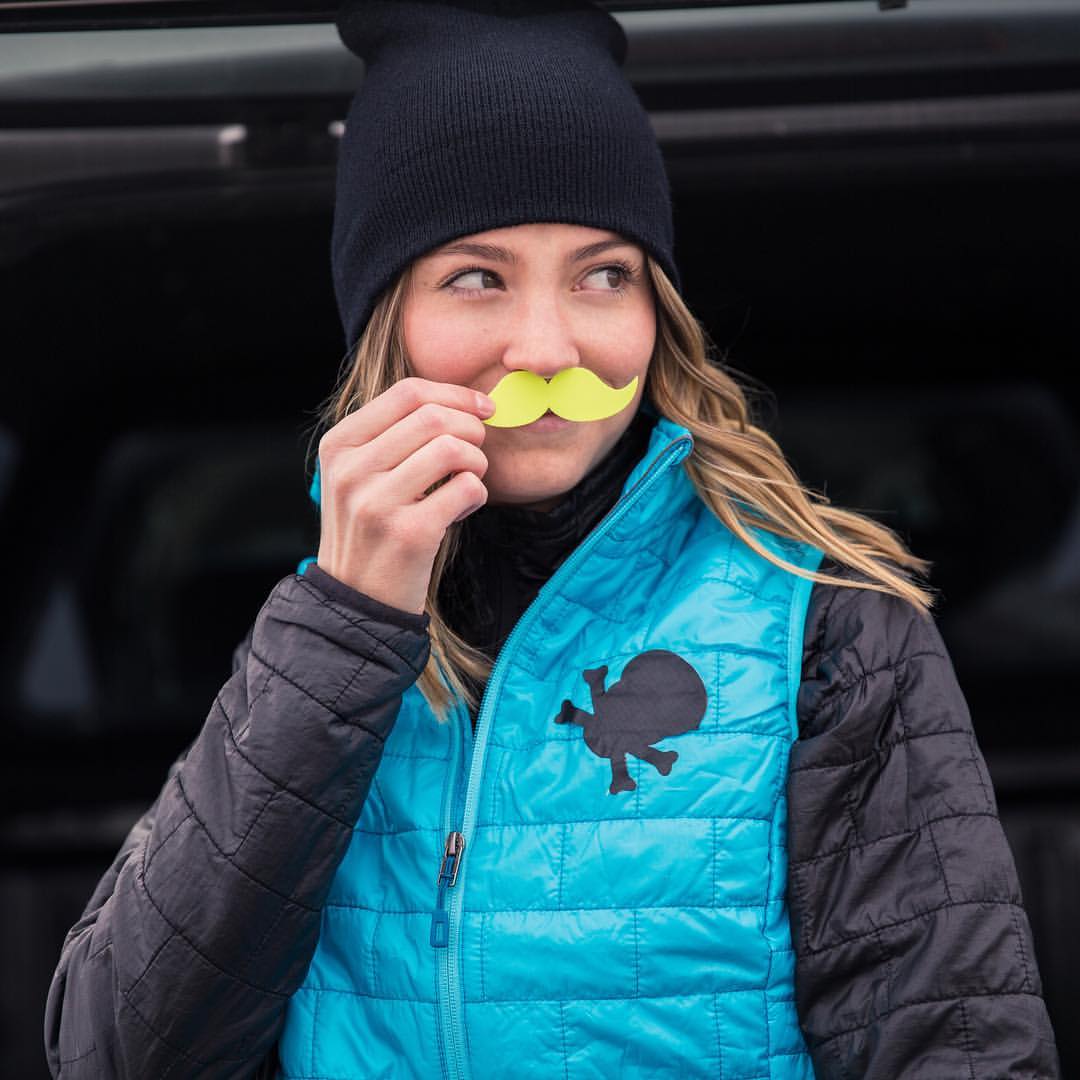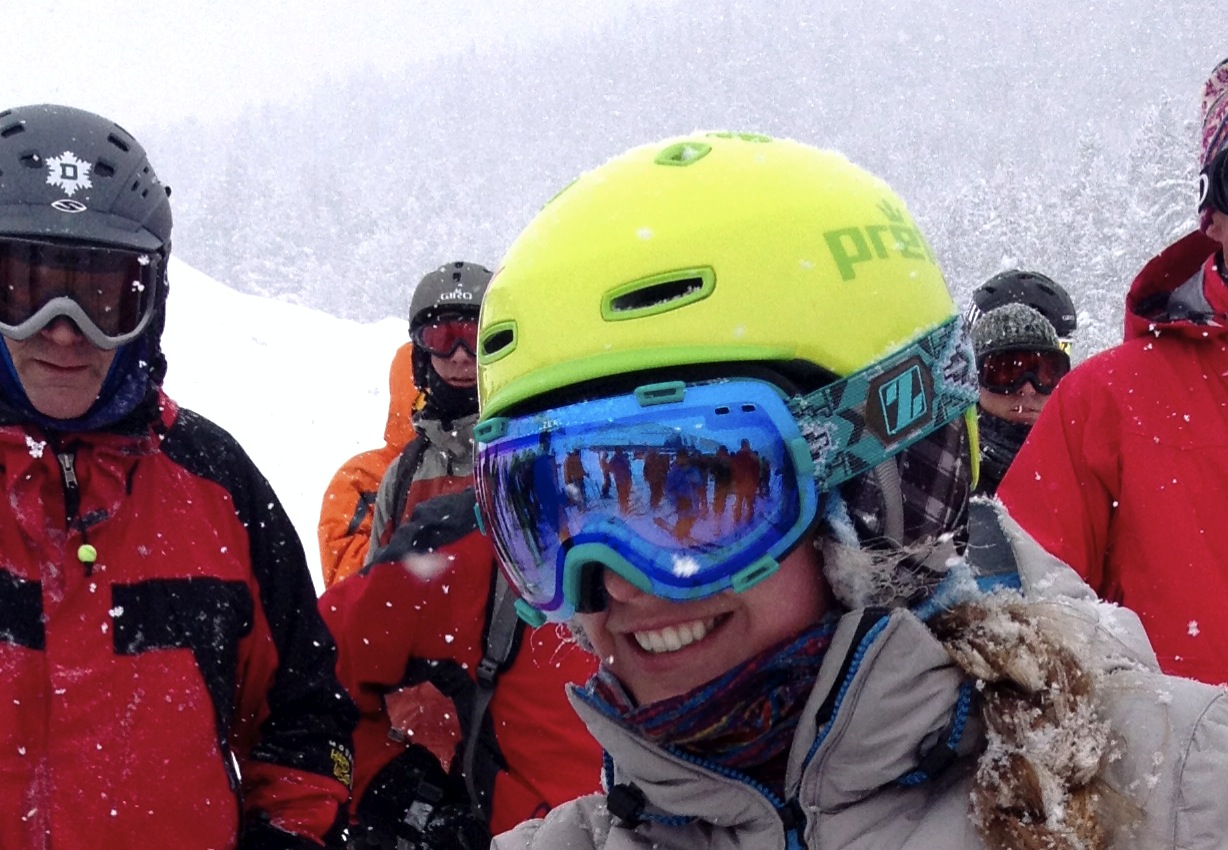The Overview
The Altai Hok is described as the love child between a backcountry ski and a snowshoe. It is a short wide ski with a fully integrated climbing skin underfoot and enough length to be fun going downhill. They’re designed to ski where ever and whenever.
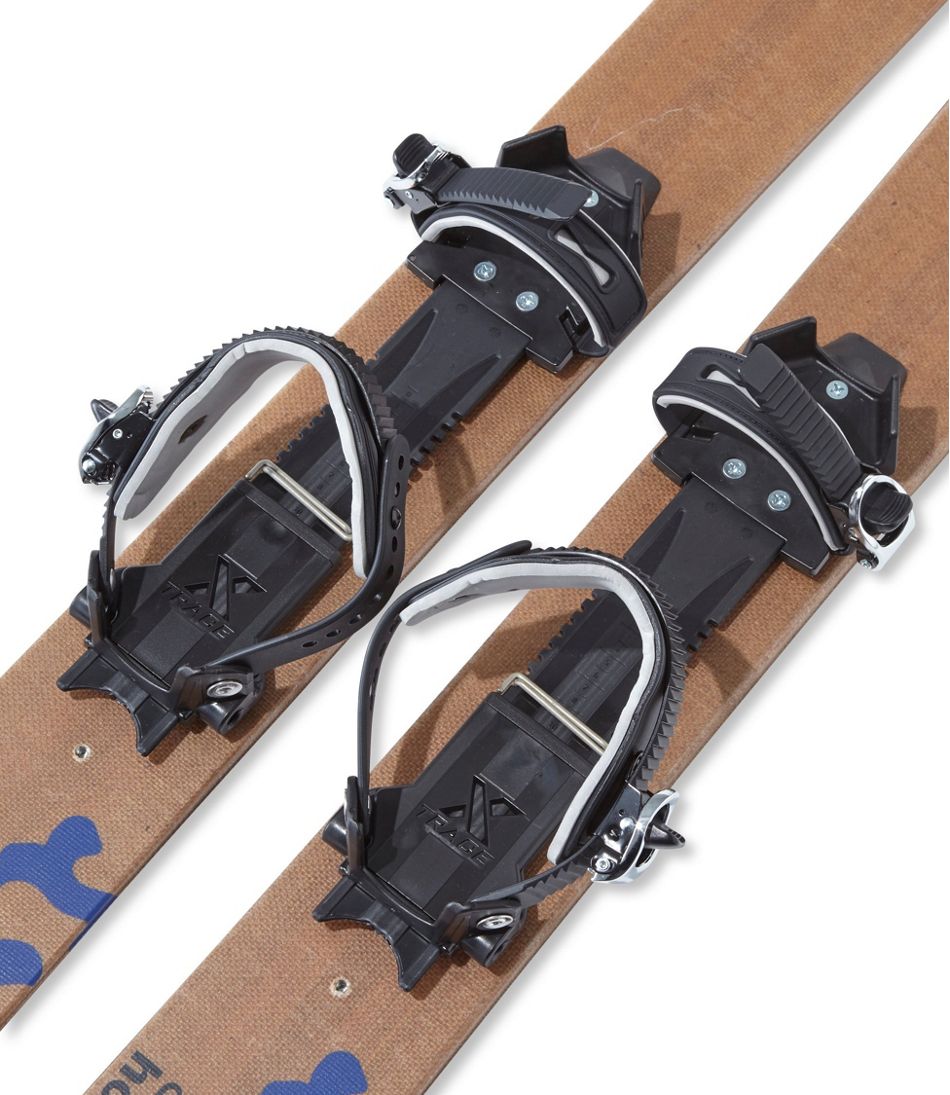
Altai skis are inspired by the people of the Altai Mountains, the origin of some of the earliest written records of skiing exist. Altai Skis was conceived by Nils Larsen and Francois Sylvain in 2009.
The Hok comes in two lengths, 145 cm, and 125 cm, has metal edges for turning, and is wide enough to float on fresh snow.
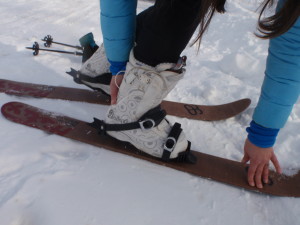 Like a snowshoe binding, the Trace binding can be worn with any boot. The Hok comes with inserts matching the extended 75mm norm hole pattern. This is compatible with current 75mm 3pin bindings as well as the universal binding we are offering with the ski. An adapter plate is available that is compatible with new Rottefella NNN BC and Salomon BC bindings
Like a snowshoe binding, the Trace binding can be worn with any boot. The Hok comes with inserts matching the extended 75mm norm hole pattern. This is compatible with current 75mm 3pin bindings as well as the universal binding we are offering with the ski. An adapter plate is available that is compatible with new Rottefella NNN BC and Salomon BC bindings
The 145cm ski rides more like a ski than a snowshoe and is great for more mountainous terrain, and for backcountry skiers who can tele-turn. The 125cm are more comparable to a snowshoe, yet is great for backcountry, cross-country skiing where there are ups and downs and tighter trees and shrubs. Its shorter wider platform is more maneuverable than a long cross-country ski. 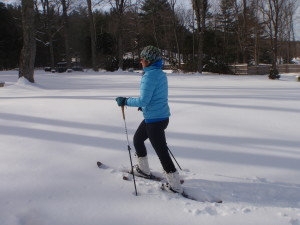
The Test
During my first experience with the Hok, I borrowed a friend’s 145cm pair and used it with winter/Sorel-type boots and the Trace binding at a closed ski area. The climbing was so easy and light and I loved that I could just ski downhill whenever I wanted to without having to take the skins off. These are great for powder laps. I found I wanted a more stable boot when coming down at faster speeds since I don’t know how to tele-turn.
After that day, I thought they were so unique and fun that I wanted more time to test them, and was sent the 125 cm Hoks to test and review.
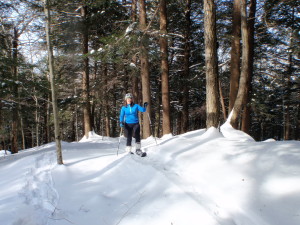 Since the Hoks arrived, it’s snowed about three feet so the conditions here have been perfect for testing. I’ve tested them on rolling meadows, hiking trails, and woods runs on the 500 or so acres and 600 vertical of conservation land behind my house in the Berkshire Hills of Massachusetts. I’ve tested the Hoks with both winter boots and my snowboarding boots.
Since the Hoks arrived, it’s snowed about three feet so the conditions here have been perfect for testing. I’ve tested them on rolling meadows, hiking trails, and woods runs on the 500 or so acres and 600 vertical of conservation land behind my house in the Berkshire Hills of Massachusetts. I’ve tested the Hoks with both winter boots and my snowboarding boots.


